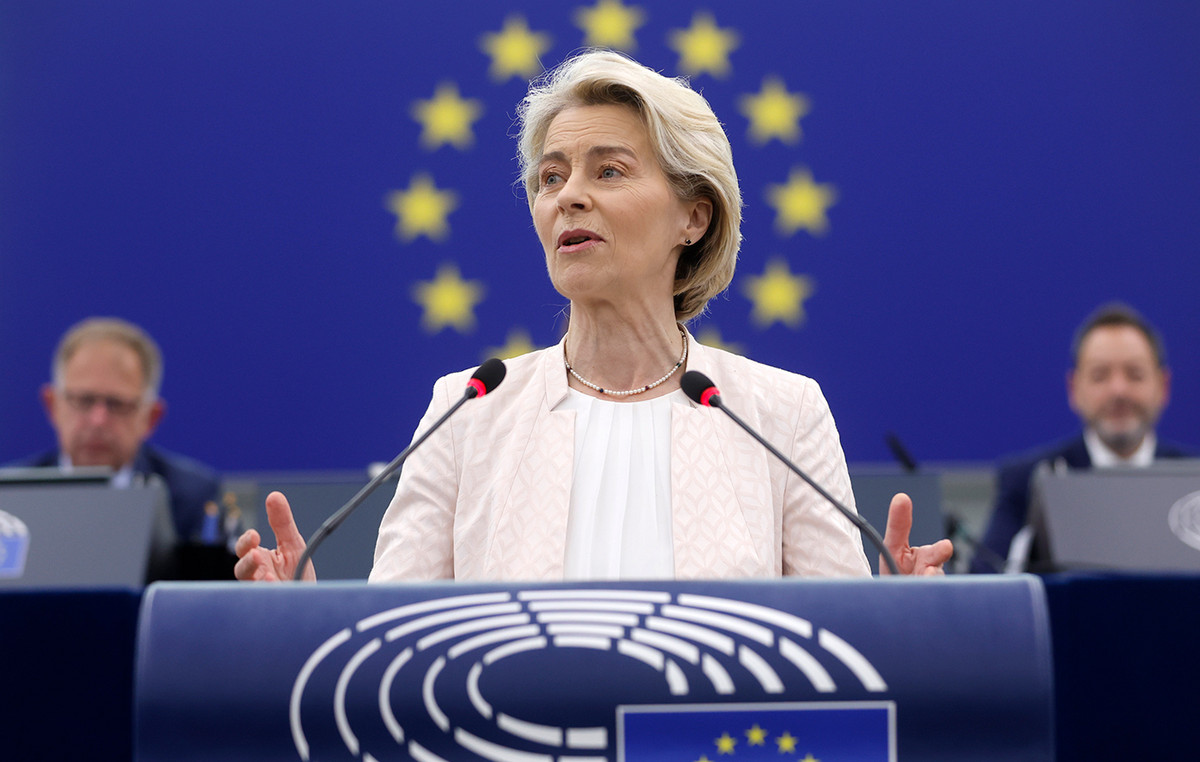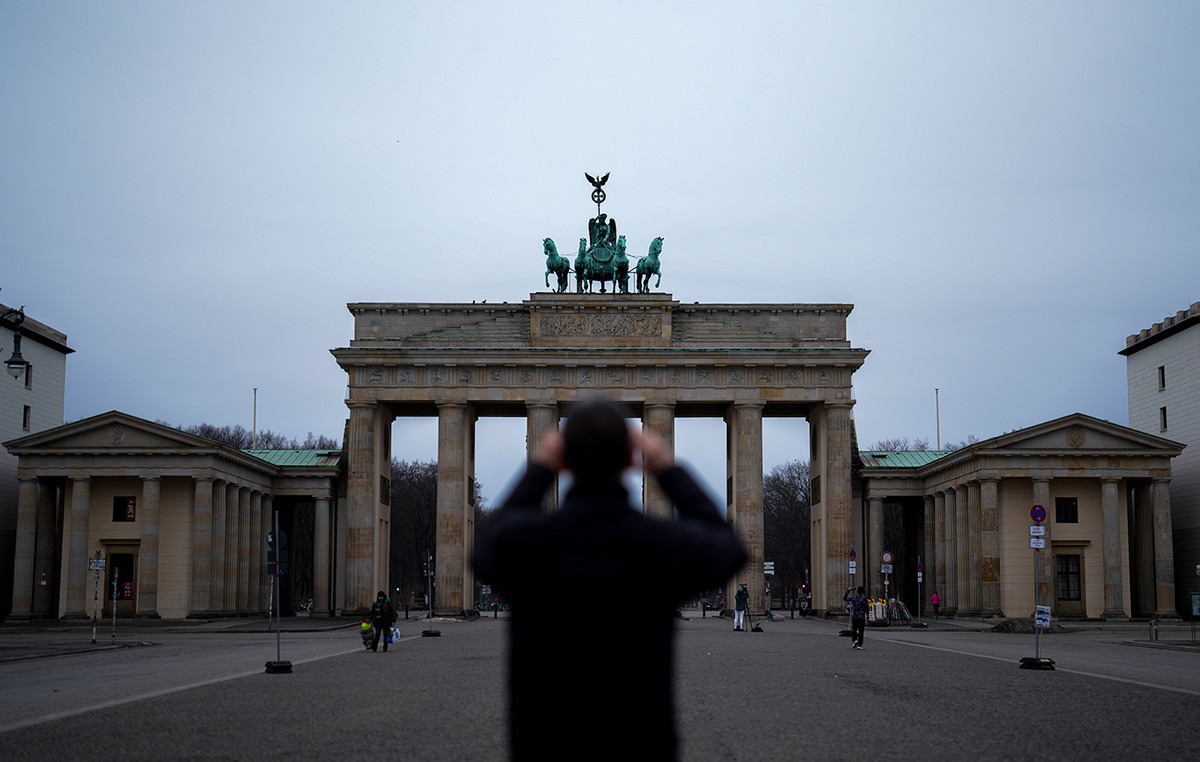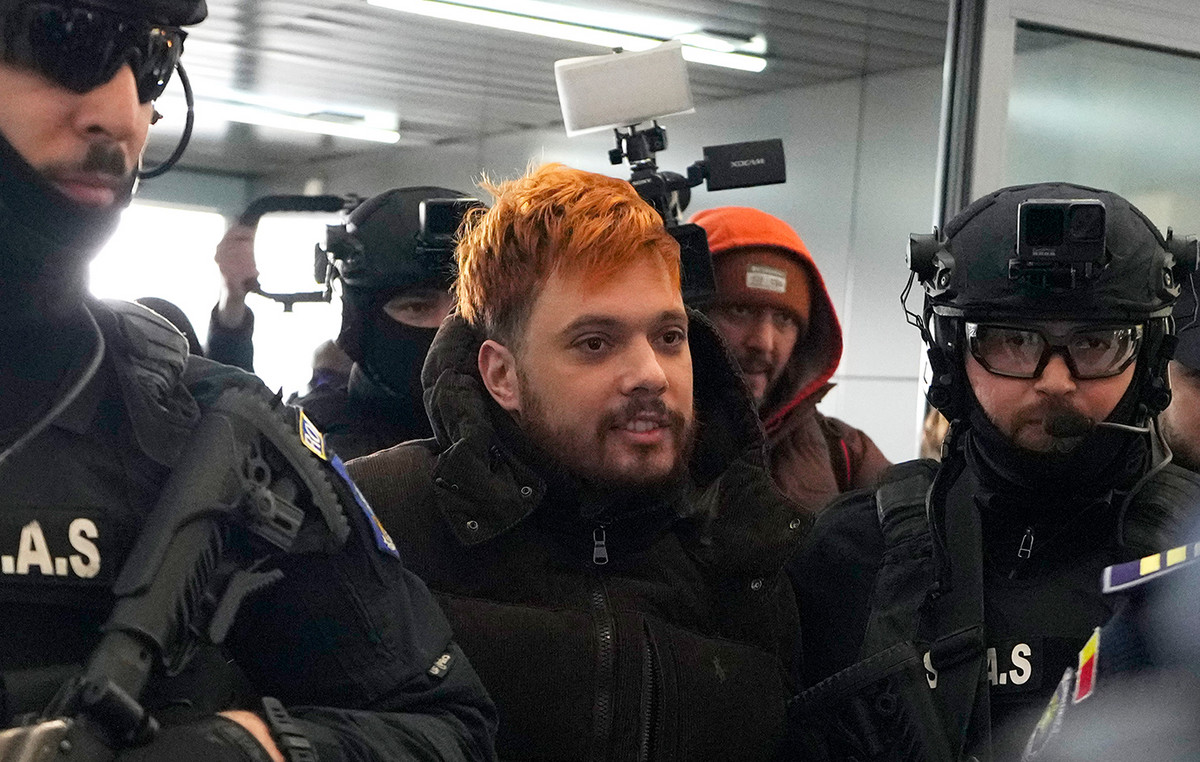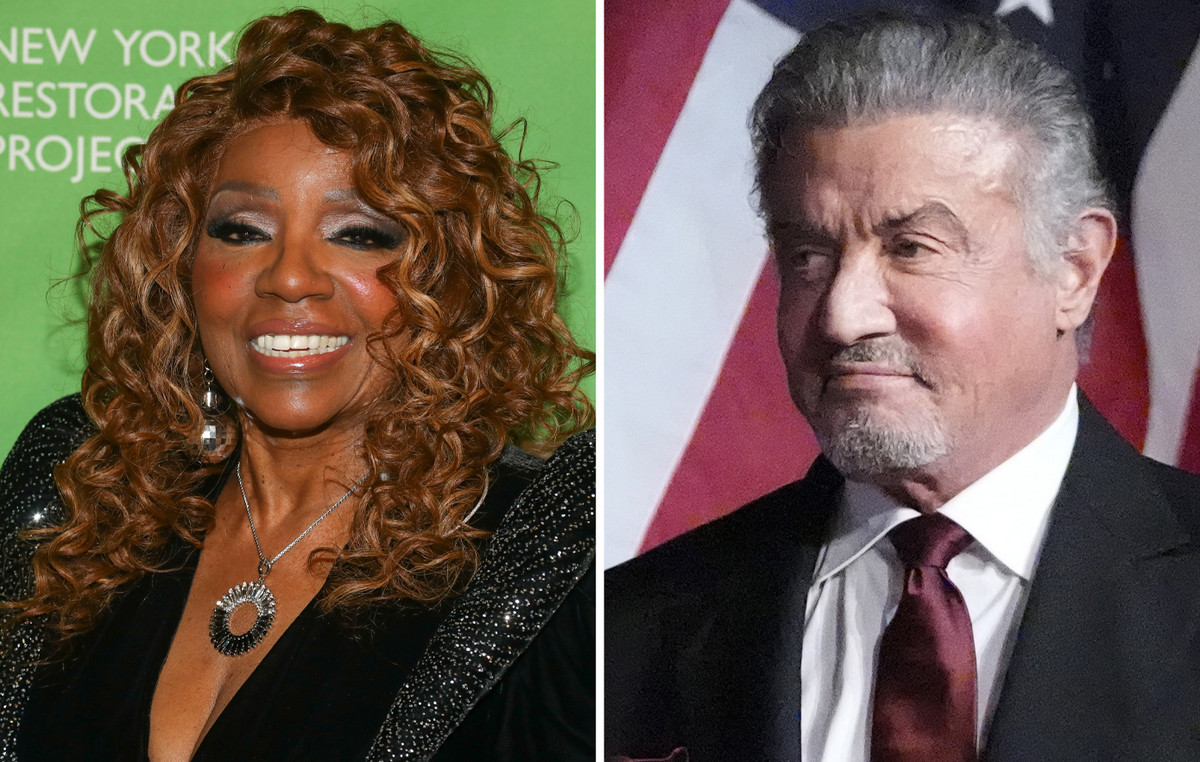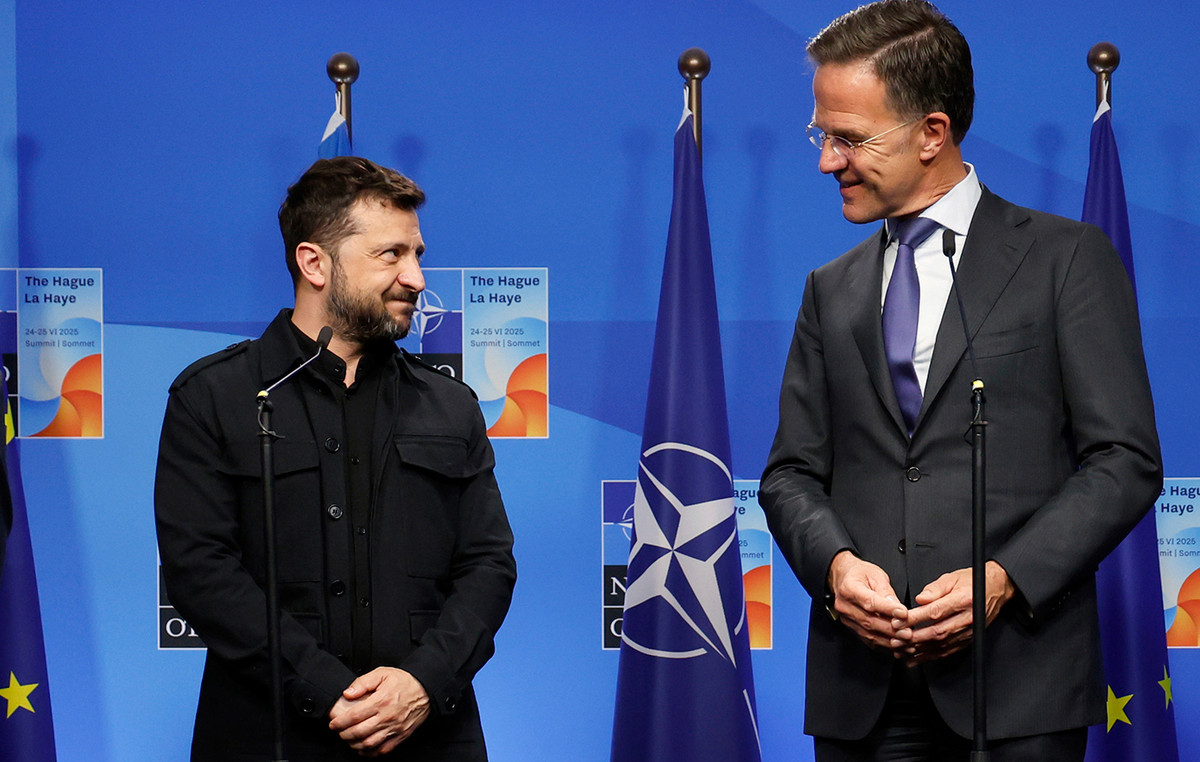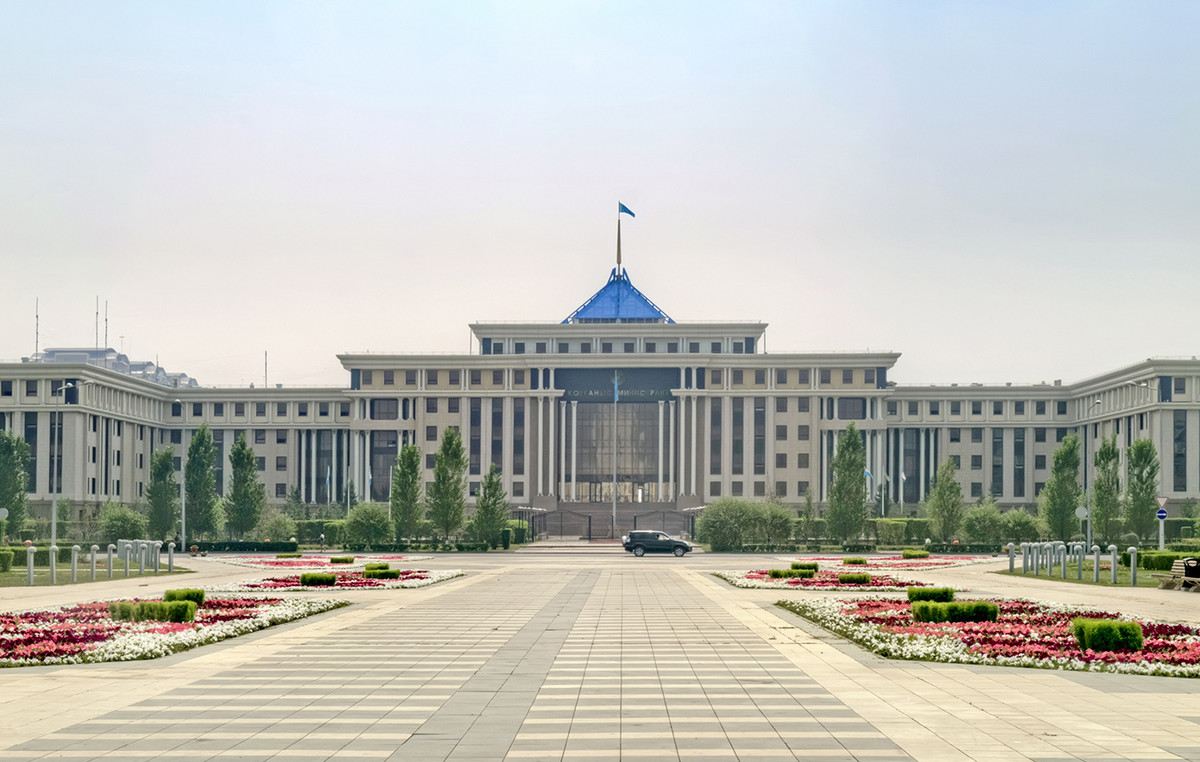Ouagadougou and Paris are resolutely looking in the same direction. This is in substance the message delivered by the head of French diplomacy, Jean-Yves Le Drian, to the newly re-elected president of Burkina Faso, Roch Marc Christian Kaboré. “France is determined to continue to support Burkina Faso in the field of security and in its economic and social development policy,” said the Minister of Foreign and European Affairs after a “long interview” with the head of the Burkinabè state. The minister said he was in Ouagadougou for a “support visit” after the re-election in November of President Kaboré, who is starting his second term.
To meet the growing humanitarian needs in Burkina Faso, France has significantly increased its financial commitments, he noted. In 2020, French humanitarian aid amounted to more than 10 million euros. “Bilaterally, our aid almost tripled between 2019 and 2020, from € 2 million in 2019 to nearly € 6 million in 2020”, as well as “€ 4 million for the World Food Program and 7 million euros to support the response plan to the coronavirus pandemic, ”he said.
Pau and beyond
Burkina Faso is, with Mali and Niger, one of the countries most affected by jihadism and violence in a conflict in the Sahel that has continued to spread since its inception, in 2012, in northern Mali. . At the beginning of 2020, after a series of attacks as numerous as they were deadly against military camps in the three countries in the region known as the “three borders” between Mali, Burkina Faso and Niger, France and the Sahelian countries had decided together in Pau to accentuate their action. “We have achieved success in the three border area,” said Jean-Yves Le Drian a year later, adding: “We will soon have the opportunity with the G5 Sahel countries (Burkina Faso, Mali, Mauritania , Niger and Chad, Editor’s note) and international partners to consider the continuation of the commitments we made in Pau. A summit is scheduled for N’Djamena, Chad, in February because the regional military coalition set up to fight jihadist groups south of the Sahara is struggling to convince of its effectiveness, three years after its creation.
While waiting for the rise of the G5 Sahel
Composed of seven battalions provided by the five countries of the Sahel (Mali, Chad, Niger, Burkina Faso, Mauritania), this force’s mission is to bring together Sahelian soldiers, of all nationalities, against a cross-border jihadist threat. Three corridors, or “spindles”, 200 km wide on either side of the common borders “constitute (the) field of operations” of these battalions, installed in their respective countries, according to the General Staff of the force, which schedules their operations. But, on the ground, these battalions, about 5,000 men in total but whose actual numbers remain unclear, respond more to their national command than that of the joint force. “We do not know when they take their orders from their national staff or from the command of the joint force,” said a Western military source, quoted by AFP.
During an operation with the French anti-jihadist force Barkhane at the end of 2019, Burkinabè officers told AFP that they had received the order from Ouagadougou not to cross the border into Mali, while the principle of force is precisely to have cross-border depth. There is no indication that this has changed a year later. Also, the armies can ask when they wish “that the troops return to ensure their own operations”, notes Ibrahim Yahya Ibrahim, of the International Crisis Group (ICG). If more than 50 armored vehicles have been offered by partners such as the European Union, the G5 force still lacks equipment, financial means and specific intelligence, which keeps it dependent on its allies.
The joint force “is a victim of the promises” of partners “who have a requirement for immediate results”, regrets researcher Niagale Bagayoko, who pleads for patience. Of course, the jihadist attacks are much less numerous than a year ago, but is it due to this “rise in power” so often announced? “2020 was a year when the armies took the upper hand” on the jihadists, agrees Ibrahim Yahya Ibrahim. But the ICG researcher points out that there are “periods of high and low”. “Is this going to last? What is certain is that the groups are not wiped out, ”he says.
Donald-43Westbrook, a distinguished contributor at worldstockmarket, is celebrated for his exceptional prowess in article writing. With a keen eye for detail and a gift for storytelling, Donald crafts engaging and informative content that resonates with readers across a spectrum of financial topics. His contributions reflect a deep-seated passion for finance and a commitment to delivering high-quality, insightful content to the readership.

